 “But Father, the Mass is like the Last Supper when we all gather around Jesus in a fellowship meal! That’s why the priest should face the people–because it’s like we’re all sitting around the family dinner table with Jesus.”
“But Father, the Mass is like the Last Supper when we all gather around Jesus in a fellowship meal! That’s why the priest should face the people–because it’s like we’re all sitting around the family dinner table with Jesus.”
It’s easy to see how this thinking came about, and within the “spirit of Vatican 2” it’s not hard to draw the conclusion that the Mass is essentially a fellowship meal and a re-enactment of the Last Supper. However, this is not the case.
The remembering of the Last Supper takes place within the two liturgies of Holy Thursday. The Chrism Mass commemorates the establishment of the priesthood and apostolic ministry in the church. This is why the holy oils are blessed at the Chrism Mass and the priests and deacons re-affirm their vows of service.
That evening the church gathers to celebrate the memorial of the Last Supper–the institution of the Eucharist and the sharing of the apostolic ministry amongst the faithful. This is why the foot washing takes place at the Mass of the Lord’s Supper on Holy Thursday evening rather than at the Chrism Mass. The priests, having affirmed their vows of service earlier in the day at the Chrism Mass, come back to their parishes and share that apostolic ministry with the people of God. The symbolic foot washing links their apostolic ministry with the bishop and their people in the parish.
The Mass of the Lord’s Supper is the one commemoration of the Lord’s Supper in the liturgical year. The regular daily and weekly masses, while they may echo the Last Supper, are not primarily a commemoration of the Last Supper. The Mass is first and foremost a commemoration of Calvary. Through the holy sacrifice of the Mass the one, full, final sacrifice of Christ, both priest and victim, is brought into the present moment and it’s eternal benefits are applied to our needs here and now.
When we go to Mass therefore, we stand at the foot of the cross, we do not sit down with Jesus at the Last Supper. To be sure, the Mass is a “fellowship meal” but it is a ritual meal into which the Jewish Passover is echoed and the sacrifice of Calvary is made present. The Last Supper was the bridge between these two–a bridge between the Passover and the death of Christ the Lord.
Why does this matter? For several reasons: first of all, if the Mass is a fellowship meal it is easy to forget the importance of the sacrifice of Our Lord. Is it any mistake that in Catholic churches where the emphasis is on the fellowship meal that the crucifix is often small in size, relegated to a side position, replaced with a resurrected Lord or absent completely?
When the emphasis is on the fellowship meal too often the emphasis of worship shifts from Christ the Lord and his once for all sacrifice for the sins of the world and moves to us, our fellowship, our feelings and all the good things we are going to do next week. This shift makes our worship people centered not Christ centered, and the iconography, architecture, liturgy, music and everything else soon reflects this fundamental shift from Christ-centered worship to ‘people centered worship’ and this soon slides into worship of ourselves instead of God.
Finally, the shift to fellowship meal rather than the sacrifice of the Mass reduces the sense of reverence. If it is all about us and our community then what is the need for reverence in worship? If it is a fellowship meal the church becomes our house not God’s temple. The mood is therefore one of the campfire, the shared picnic or the family reunion.
The ironic thing is, that when we focus on the sacrifice of the Mass we, in the end, get the fellowship we desire as well. As we face the altar together we are drawn togethers. As we focus on the same eternal beloved we come to regard one another as beloved. As we move to the same destination we also move closer to one another. Like lines from different starting points converging we come together in a mystical communion which is far more profound and eternal than an enjoyable, but earthly fellowship.

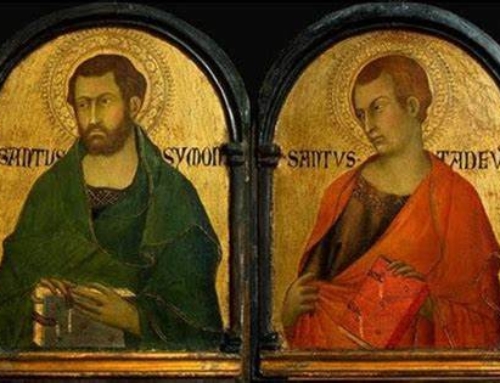
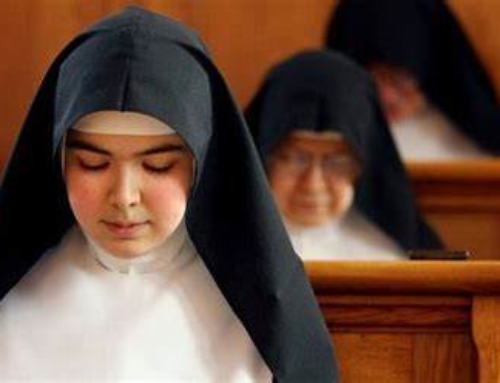
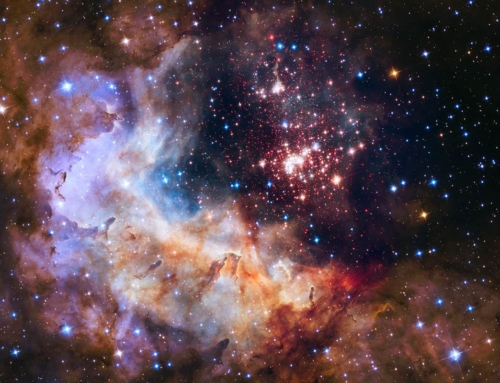
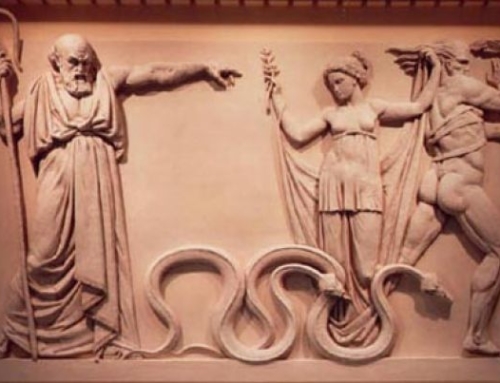
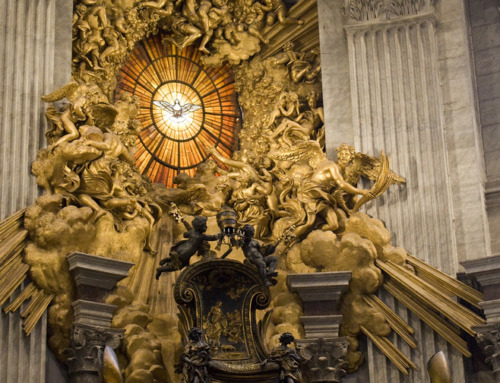
Leave A Comment
You must be logged in to post a comment.